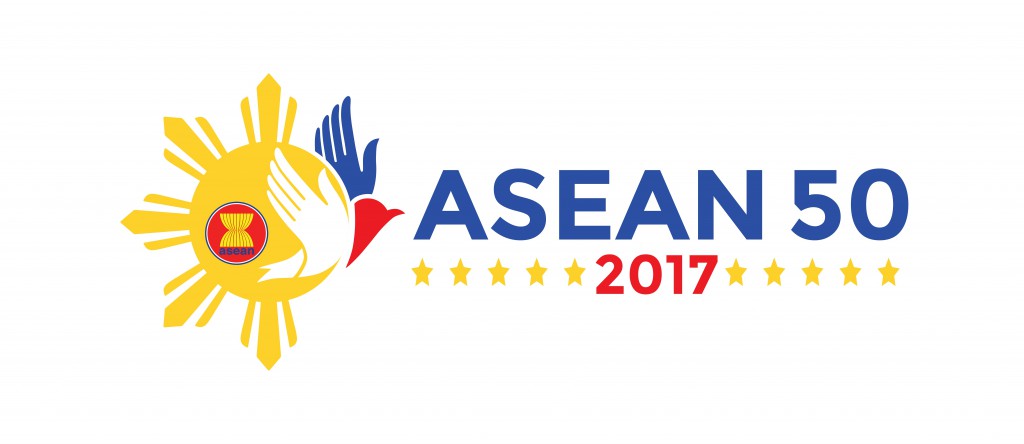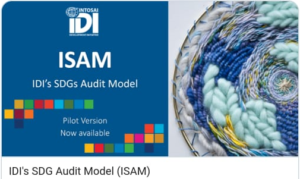ASEAN, in its inaugural year of the ASEAN Community, continues to stride forward with its regional integration efforts with a view to narrowing the development gap and delivering more benefits to more people. In celebrating the its 50th anniversary in 2017, ASEAN highlight its priorities on the three ASEAN Community pillars namely, APSC (ASEAN Political Security Community), AEC (ASEAN Economic Community) and ASCC (ASEAN Socio Cultural Community).
The APSC continues to preserve peace and stability, which provided a foundation for economic prosperity and socio-cultural development in the region. ASEAN’s approach of seeking dialogue, consultation and engagement has served the region well. Core regional instruments like the Treaty of Amity and Co-operation in Southeast Asia (TAC) and the Declaration on Conduct of Parties in the Southeast China Sea (DOC) have been widely recognized as codes of conduct in inter-state relations. To-date, 35 countries, including all ASEAN Member States, is High Contracting Parties to the TAC.
Through the AEC, the creation of a business-friendly and innovation-supporting environment through the enactment of competition laws and consumer protection laws as well as improvement in the intellectual property ecosystem, further promotes investment both from within and outside the region. The pursuit of regional economic integration has also led to the improvements in transport and other infrastructure networks. Recent achievements include the operationalisation of the ASEAN Open Skies, and the completion of missing links in the ASEAN Highway Network, which have contributed to reduced business costs.
In the ASEAN Socio Cultural Community, efforts were intensified in building a people-centered, people-oriented ASEAN Community. With regard to human development sectors, several new initiatives have been established to strengthen the region’s capacity to address the emerging threat of health pandemics. In 2016, ASEAN has promoted and enhanced complementarities between the UN 2030 Agenda for Sustainable Development and the ASEAN Community Vision 2025. Major achievements include the issuance of a Progress Report on Promoting Complementarities between the ASEAN Vision 2025 and the SDGs 2030 and the convening of a Special Session of the ASEAN Foreign Ministers’ Meeting focusing on Sustainable Development. ASEAN has also intensified its efforts to engage people and introduced the development of ASEAN to the outside world through culture, arts and sports. These will continue to be effective instruments in bringing about friendship, development, peace and integration through greater interaction and understanding among ASEAN peoples.
To mark ASEAN’s 50th Anniversary, the ASEAN Member States have adopted a commemorative logo to promote and publicize ASEAN’s Golden Jubilee in 2017. The logo depicts a golden sun with five rays symbolizing hopeful beginnings and five decades of prosperity. The dove of peace is painted in red to symbolize courage and dynamism. The ten stars represent the ten ASEAN Member States; they are positioned even-handed to signify equality and active collaboration.
ASEAN Member States, ASEAN sectoral bodies, ASEAN Secretariat, official ASEAN institutions, and entities accredited to ASEAN are authorized to use the commemorative logo. Any party outside the formal ASEAN structure that wishes to use or display ASEAN’s 50th Anniversary logo should submit a request in writing. Permission to use the logo is up to 31 December 2017. Further details on the use of the ASEAN Commemorative logo can be accessed at the ASEAN website: www.asean.org.
***


















